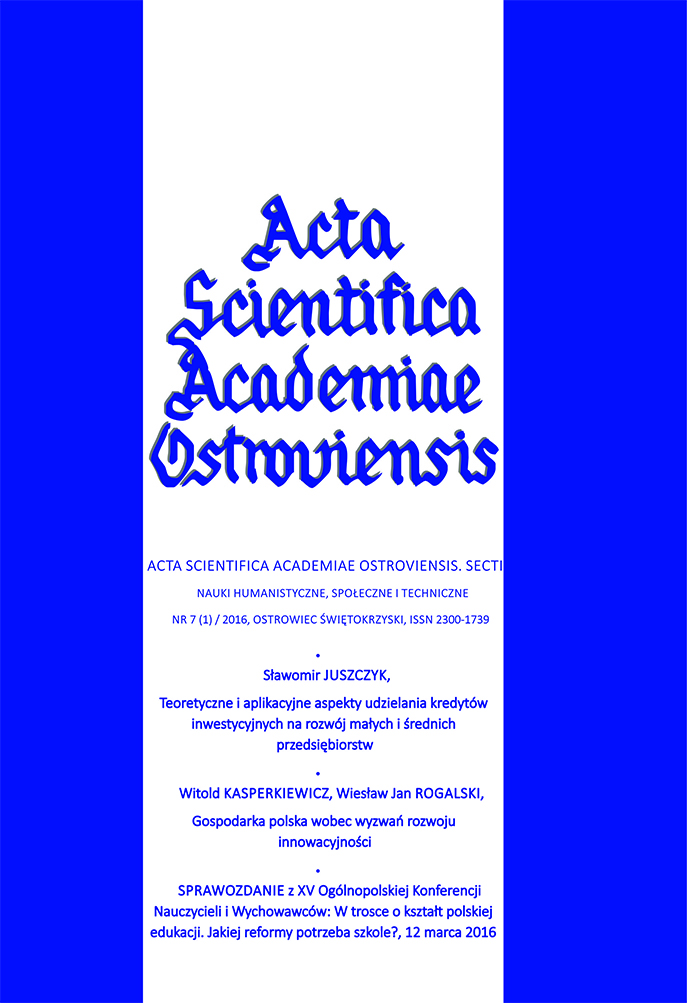EU, Russia, Georgia, Ukraine – analysis and forecast
EU, Russia, Georgia, Ukraine – analysis and forecast
Author(s): Vazha Kakabadze, Nana MaisuradzeSubject(s): International relations/trade, EU-Accession / EU-DEvelopment
Published by: Wyższa Szkoła Biznesu i Przedsiębiorczości w Ostrowcu Świętokrzyskim
Keywords: European Union;Russia;Georgia;Ukraine;sanctions;asymmetrical interdependence
Summary/Abstract: The European Union as a political and economic union used to be based on the increasing integration. But after the integration processes that took place in 2004 and 2007 the most of EC member states expressed concerns about the EU enlargement. In 2004 the concept of integration without enlargement evolved. This concept has been reflected in the ENP and its subsequent regional addition, known under the name of the EP. The critics of EU enlargement argued that from the geo-strategic point of view EC foreign relations and EC neighborhood was less important to Europe. However, the European Neighborhood Policy and the EP have become a subject of growing interest for the partner countries. EC neighboring countries perceive EC to be a major player in terms of both economical empowerment and security. In addition, EC neighborhood initiatives became especially important after the document "Evaluation of EU external relations" was released . The "reliable strong global player" status of EC depends on whether EC will be able to positively influence the neighboring countries and the world security. Partner countries and the researchers came to the conclusion that the ENP failed to meet the expectations – starting from its introduction in 2004, since it became obvious that bipolar disorder syndrome between the EC and Russia was intensifying. Consequently, in 2009 the EC developed a new program for the Eastern Part-nership, as an ENP further eastern dimension. EaP – this is a bilateral and multilateral political initiative that is focused on 6 neighboring countries of Eastern Europe. This group includes 3 South Caucasian countries - Azerbaijan, Armenia, Georgia and Belarus, Moldova, Ukraine. Out of these states Armenia has a strongly pro-Russian orientation, Azerbaijan plays both ends, the same is true for Belarus, hence, Georgia, Moldova, Ukraine remain strictly of pro-European orientation having Russia as a main obstacle in its way. Russia now presents itself as an aggressor, which strives to restore the soviet empire, subordinate neighboring countries, create a structure such as the CIS or the Euro-Asian Union, which will oppose the EU and control the eastern states rich in natural resources and with huge markets, thus allowing Russia to dictate the policy course to the Western states.
Journal: Acta Scientifica Academiae Ostroviensis. Sectio A, Nauki humanistyczne, społeczne i techniczne
- Issue Year: 7/2016
- Issue No: 1
- Page Range: 335-343
- Page Count: 9
- Language: English

